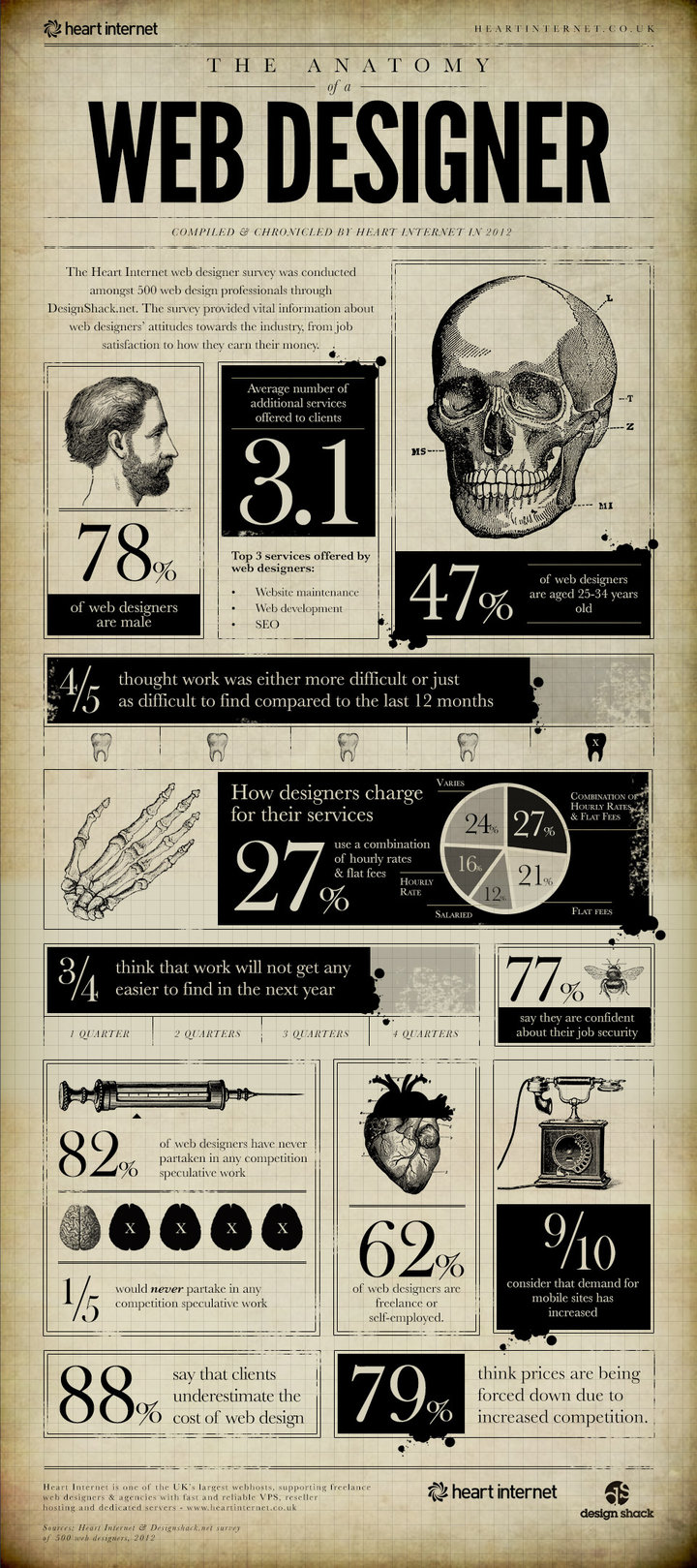
In 2012, even nonprofits were utilizing social media. MDG Advertising looked into this developing trend and found that the inclusion of social media marketing meant more exposure and more donations for these organizations, as reported by The Huffington Post.
The innovation of ‘Giving Tuesday’, which grew over social media, is a glowing example of what is possible when online marketing is utilized properly. The model used by nonprofits is not revolutionary. Rather, it is simply a testament to why putting the time and effort into social media marketing is necessary.
While you browse the included infographic, think about how you can increase your conversions through a better social media strategy.






![[INFOGRAPHIC] Quality Score](https://www.tulsamarketingonline.com/wp-content/uploads/2012/10/rsz_dna-continued-conversations-business2-full.jpg)




